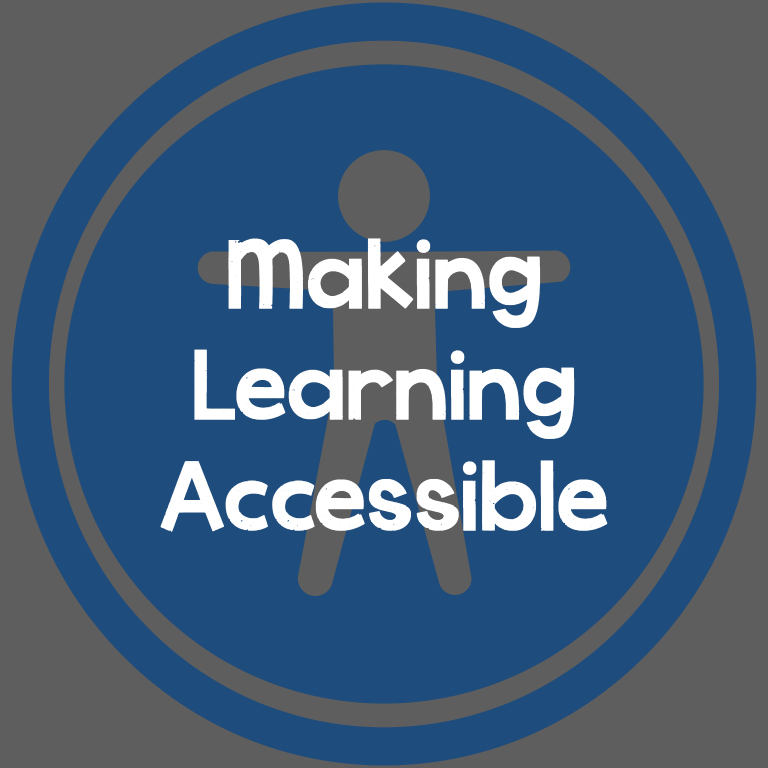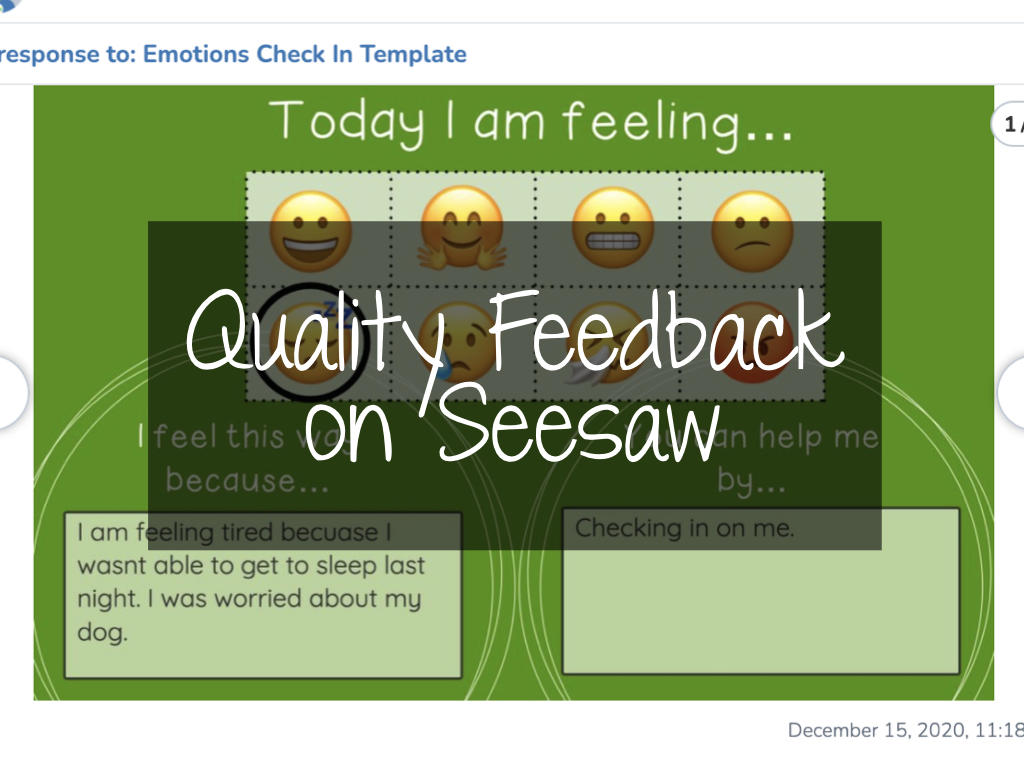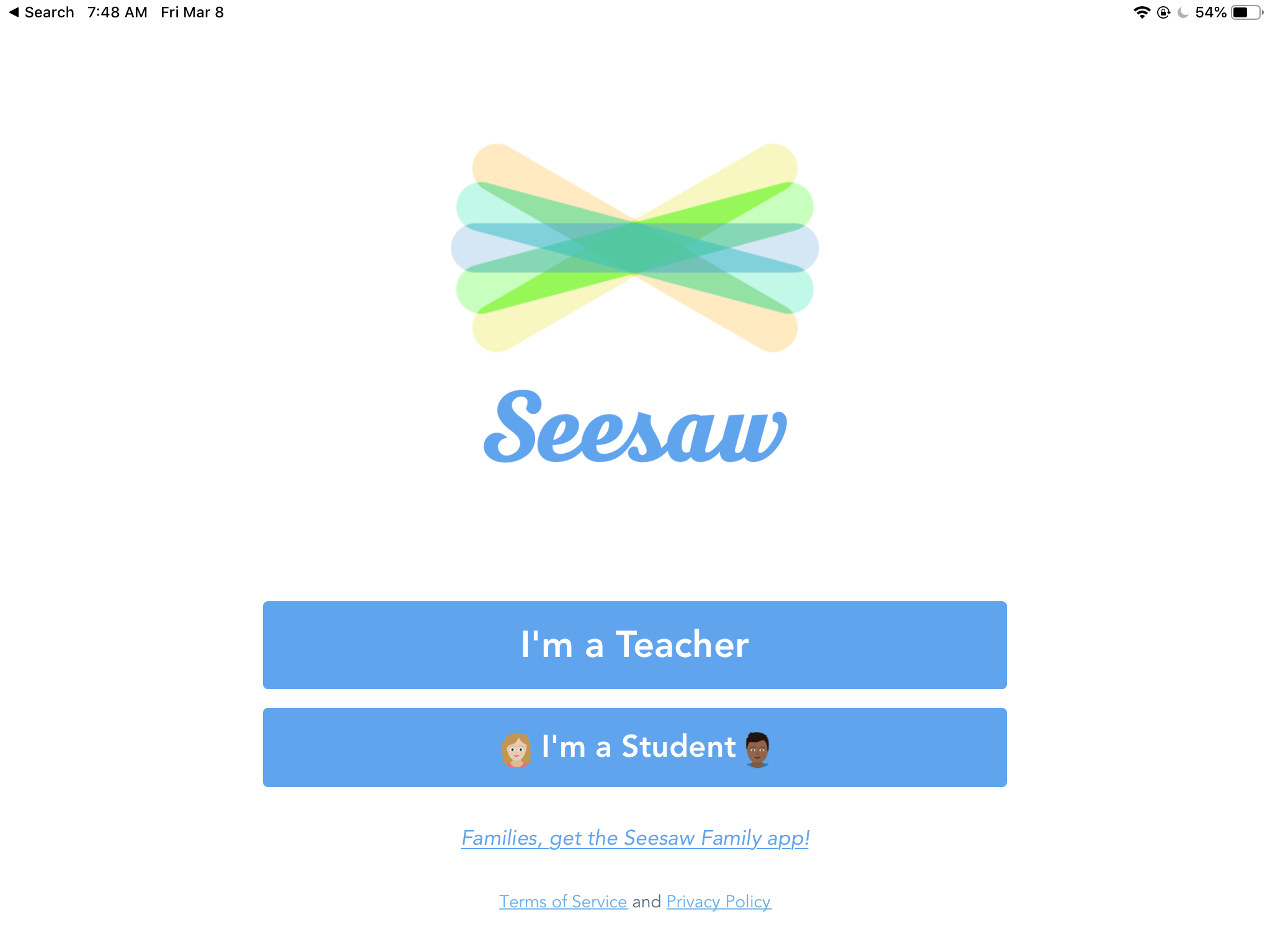Making a video doesn’t necessarily require the camera app. We want to dive into the world of “whiteboard videos,” where students (or teachers) make short demonstrations of concepts or techniques using a simple screen recorder on the iPad.
Whiteboard as a Teacher
From a teacher’s perspective, these videos are a great way to create a library or archive of how-to videos. Instead of recording a lecture, break it down into ideas – single topics students refer to frequently that a video could answer. Technical processes (solving an equation, diagramming a sentence), examples (analyzing a short piece of text, breaking down a word problem) or routines (how to set up a lab station) are great ways to start making short videos for students.
If you’re at the secondary level, you want to use Explain Everything to do this. If you’re a the elementary level, Seesaw has a whiteboard screen recorder built right into the app. The main idea is to keep the video short. When you’re looking for help with a problem, you don’t want the 20-minute full explanation. You want a representative sample which might include some background, but mostly focus on the how-to as a reference piece.
Whiteboard as a Student
There are a number of ways to have students demonstrate learning with video. Last week, we talked about students creating example videos to go with learning journals. Whiteboarding is along the same vein, but we’re looking for technical demonstrations.
One idea you could adapt is to have students do a long-term journal in Book Creator or Pages where they document different kinds of problems and techniques learned throughout the year. Each page has a short example video the students make using Explain Everything to serve as a reference.
At the elementary level, are you concerned students aren’t understanding a concept you’ve taught? Or, do you need a quick formative assessment to check progress? Using the Draw tool in Seesaw, you can have every student solve an example problem based on a sample you post into an Activity. If your Class Journal is public, students can see other students’ work samples and give peer feedback. They can also look at other student examples (or the teacher can call out specific examples to the group) if they would like more options.
Are you or your students making whiteboard-style videos? If so, leave a comment below (a link to a video would be awesome!) and we can share those ideas out in a future post.



